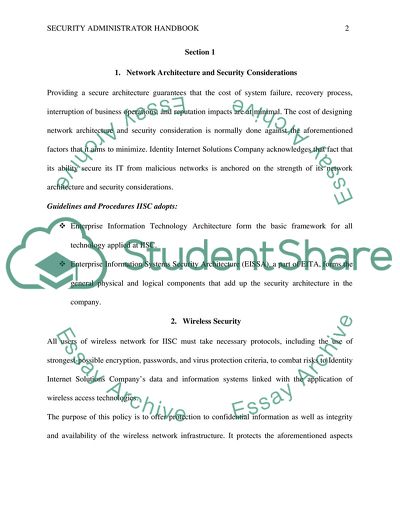Cite this document
(“Network Architecture and Security Considerations in IISC Term Paper”, n.d.)
Network Architecture and Security Considerations in IISC Term Paper. Retrieved from https://studentshare.org/information-technology/1813732-term-paper-security-administrator-handbook
Network Architecture and Security Considerations in IISC Term Paper. Retrieved from https://studentshare.org/information-technology/1813732-term-paper-security-administrator-handbook
(Network Architecture and Security Considerations in IISC Term Paper)
Network Architecture and Security Considerations in IISC Term Paper. https://studentshare.org/information-technology/1813732-term-paper-security-administrator-handbook.
Network Architecture and Security Considerations in IISC Term Paper. https://studentshare.org/information-technology/1813732-term-paper-security-administrator-handbook.
“Network Architecture and Security Considerations in IISC Term Paper”, n.d. https://studentshare.org/information-technology/1813732-term-paper-security-administrator-handbook.


